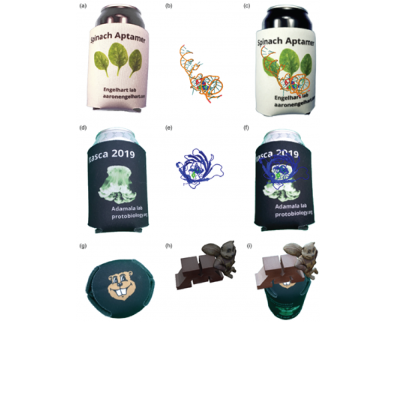
3D structure visualization via augmented reality (AR) is practical for education purposes, especially remote instruction. Other molecular visualization software have limitations such as ease of instructor implementation and availability of student hardware. Augment is an AR application that can be easily utilized by instructors and operated by students on their smartphones. US smartphone ownership exceeds that of laptop and desktop ownership, making Augment valuable for instructional exercises. Launching the app presents the camera view and proceeds to scan for 2D images, called “trackers” which are stored on the Augment servers. When a tracker is identified, the 3D model associated with the onscreen tracker is displayed. The 3D model snaps into place of the tracker and touchscreen manipulation can rotate, zoom, and translate the model. To access Augment implementation, a survey was conducted after students performed a structural biology activity in which they used PyMol and Augment to visualize the 3D forms of GFP and Spinach. Students expressed enthusiasm about Augment, agreeing it was straightforward and that they would use Augment and/or AR again in the future. On the other hand, students found PyMol complicated and unintuitive and may be more suited for on-ground instruction. Augment prepares a visual with only a subset of molecular characteristics chosen by the instructor without the need of extensive hardware or cross-platform troubleshooting. This permits rapid deployment of molecular visualization for structural biology and biochemistry education.
Click here to find out more about the app.
Hoog, TG, Aufdembrink, LM, Gaut, NJ, Sung, R‐J, Adamala, KP, Engelhart, AE. Rapid deployment of smartphone‐based augmented reality tools for field and online education in structural biology. Biochem Mol Biol Educ. 2020; 48: 448– 451. https://doi.org/10.1002/bmb.21396
